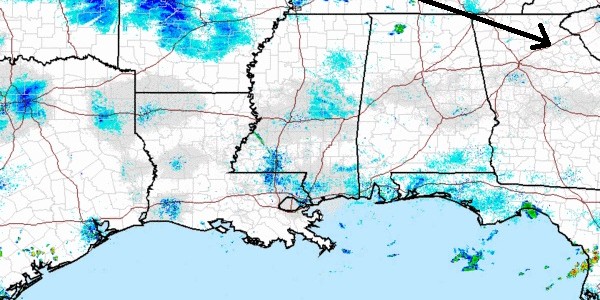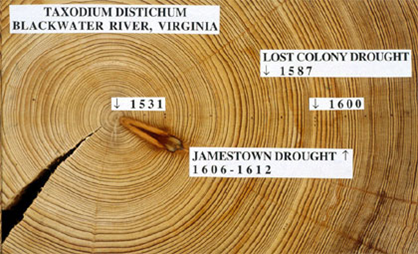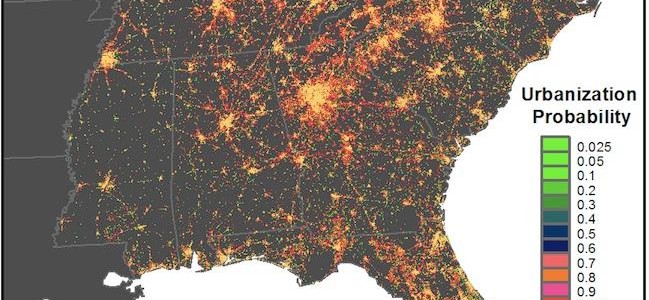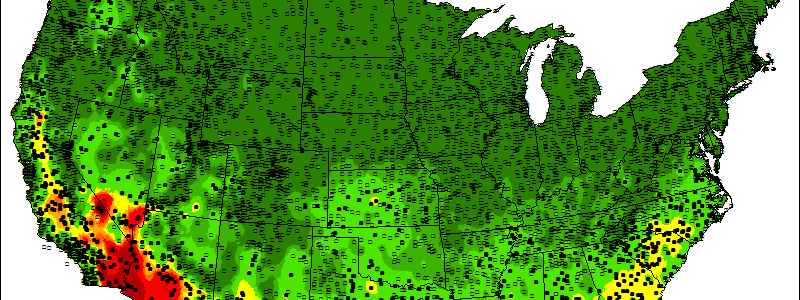-

In the summer it is not unusual to see organized systems of thunderstorms move into the Southeast from the southern Plains. They often form at night and continue moving to the east or southeast during the next day. One came into the Southeast yesterday, and another is approaching our area today. But what are they?…
Posted in: Climate science -

Georgia’s Board of Natural Resources approved a new drought plan last week, according to Walter C. Jones of Morris News Service in this article from OnlineAthens.com. The drought plan was modified from an earlier drought plan that caused farmers and agribusinesses some concerns in the exceptional 2007-2009 drought in north Georgia. The new plan is…
-

Heat waves have been in the news lately, not only in the western US but also in Europe. One of the stories discusses a possible new high temperature record for the state of Washington, which is currently under strong high pressure and very warm temperatures while we cool off a bit in the Southeast. Cliff…
Posted in: Climate and Ag in the news -

Florida International University announced a new Spanish-language web site for hurricane preparedness this week. This web site provides information on preparation, taking care of pets in severe weather, protecting your property, and evacuation procedures as well as historical information on past hurricanes. You can find the site at https://huracanes.fiu.edu/.
-

How do we know about past climates and prehistoric civilizations? Since we don’t have instrumental records or written histories, we have to use clues from the environment to help us decipher what the past was really like. “Proxy data” are used to try to find a link between something that we can observe, like tree…
-

WABE, NPR’s radio station in Atlanta, produced a story today about projected urbanization changes in the Southeast. At current growth rates, we could see a nearly continuous string of urban areas stretching from southwest of Atlanta all the way to Raleigh NC and northeast. How would the increase in urbanization affect local climate conditions? The…
-

There are six regional climate centers across the US. While the Southeast is covered by the Southeast Regional Climate Center, each of the centers has a variety of tools that can be used across the country to provide weather and climate data. Today we will focus on the Midwestern Regional Climate Center and look at…